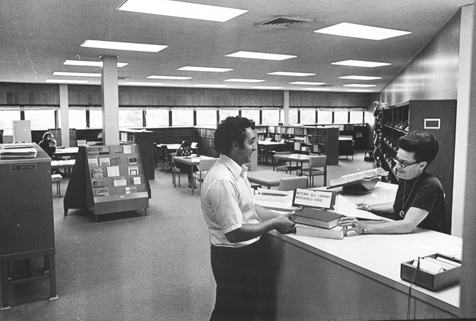
Faculty Research 1970 - 1979
Morphogenesis of early 1, 2-dimethylhydrazine-induced lesions and latent period reduction of colon carcinogenesis in mice by a variant of Citrobacter freundii.
Document Type
Article
Publication Date
1977
Keywords
Citrobacter, Colon: pa, Colonic-Neoplasms: ci, pa, Dimethylhydrazines, Enterobacteriaceae-Infections: pa, Female, Hyperplasia, Intestinal-Mucosa: pa, Male, Methylhydrazines, Mice, Neoplasms-Experimental: ci, Precancerous-Conditions: ci, pa, SUPPORT-U-S-GOVT-P-H-S, Time-Factors
First Page
4352
Last Page
4360
JAX Source
Cancer-Res. 1977 Dec; 37(12):4352-60.
Abstract
The morphogenesis of 1, 2-dimethylhydrazine (DMH)-induced lesions in the colon of outbred NIH Swiss mice was determined for up to 5 months of treatment. The effect of hyperplasia on DMH carcinogenesis was also evaluated by introducing a transient hyperplastic stimulus to the colon during the chronic weekly treatment regimen of DMH. The hyperplastic stimulus was a naturally occurring disease of mice, transmissible murine colonic hyperplasia, which is caused by a variant of Citrobacter freundii. In control mice, those not receiving the bacterium, weekly injections of the carcinogen induced neoplastic changes first detectable at two months of treatment in all segments of the colon and in both sexes. The changes increased in frequency and severity with time. Diffuse mucosal hyperpladia and chronic inflammatory and degenerative changes were also associated with DMH after prolonged treatment. The hyperplastic stimulus of C. freundii reduced the latent period for appearance of early DMH tumors, but it had no influence on already established DMH tumors.
Recommended Citation
Barthold SW,
Jonas AM.
Morphogenesis of early 1, 2-dimethylhydrazine-induced lesions and latent period reduction of colon carcinogenesis in mice by a variant of Citrobacter freundii. Cancer-Res. 1977 Dec; 37(12):4352-60.

